Tangled Sea Turtle Rescued During IODP Expedition
Currently working in the South Atlantic, the NSF-funded International Ocean Discovery Program expedition saved a turtle while completing their engineering efforts.
May 7, 2021
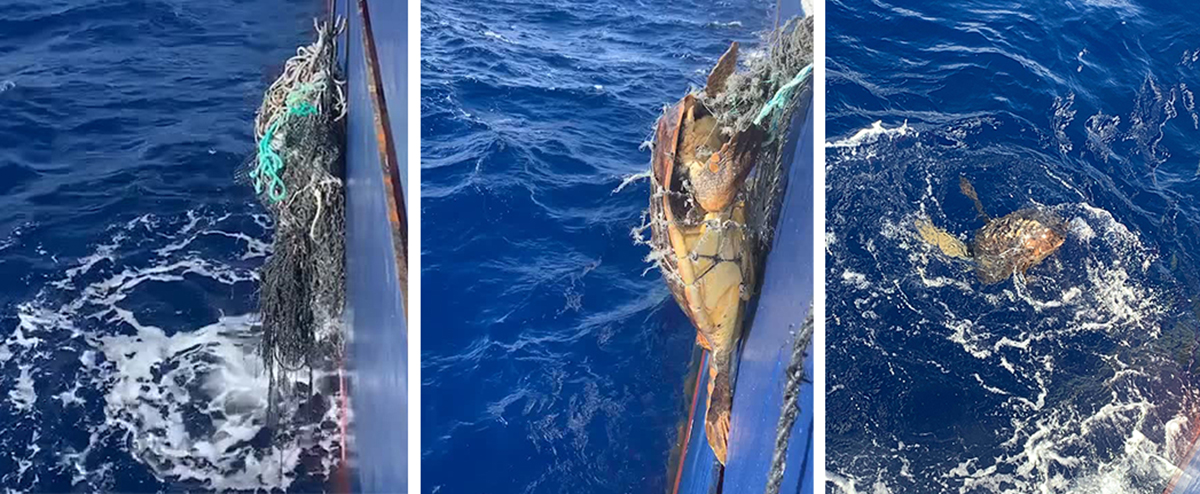
One lucky sea turtle tangled in fishing nets was recently rescued by crew members aboard the JOIDES Resolution, sailing on International Ocean Discovery Program (IODP) Expedition 395E in the South Atlantic Ocean.
Texas A&M University operates the JOIDES Resolution on behalf of the National Science Foundation (NSF), and IODP is an international research collaboration that coordinates seagoing expeditions to study the history of the Earth recorded in sediments and rocks beneath the ocean floor.
“One of the crew spotted the unidentified object in the water near the JOIDES Resolution,” said Dr. Sandra Herrmann, IODP imaging specialist. “It drifted closer to the ship and they saw that the assembly of nets included a turtle.”
Was the turtle alive? The crew watched and continued working to assist it.
“They were unsure if the turtle was alive until it started moving,” she said. “Once the net-creature-bundle kept drifting closer, it reached an area they could get to with a rod. The crew hooked the net and hauled it up on the side of the ship with an air-driven tugger (winch). They dragged it up close enough to free the turtle; then the turtle dropped back into the ocean, started paddling and swam away.”
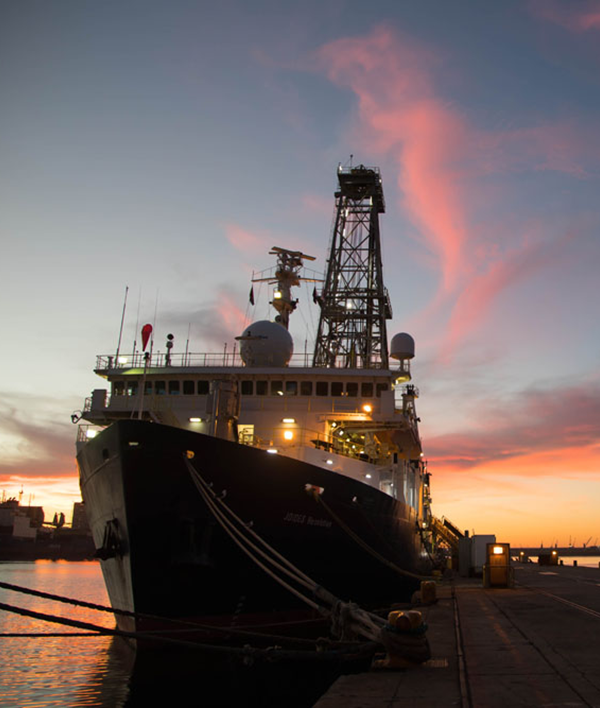
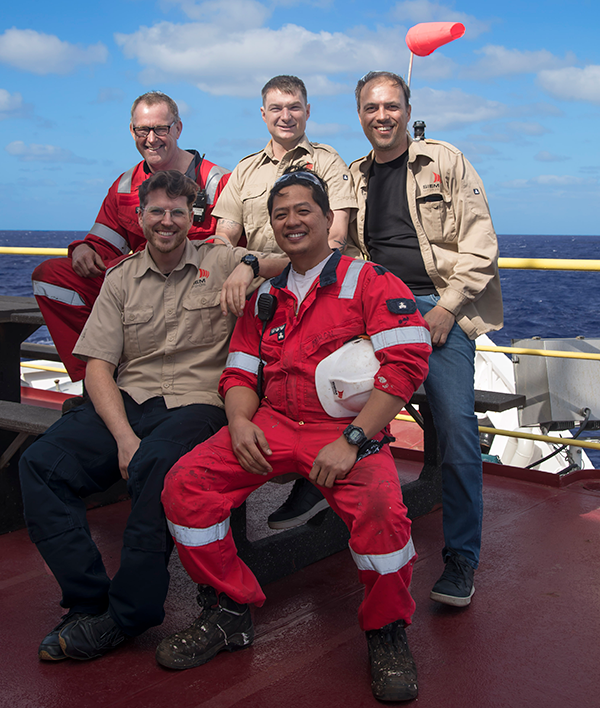
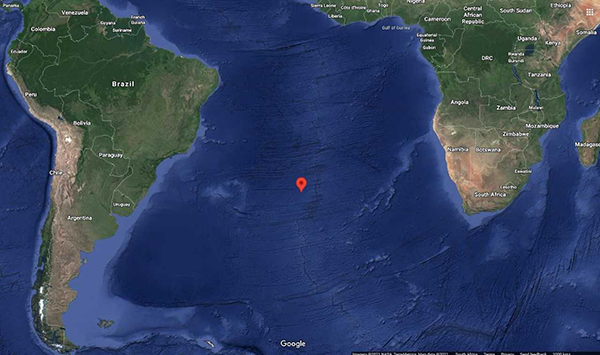
The approximate location of the JOIDES Resolution the day of the sea turtle rescue. (Image: Google Maps.)
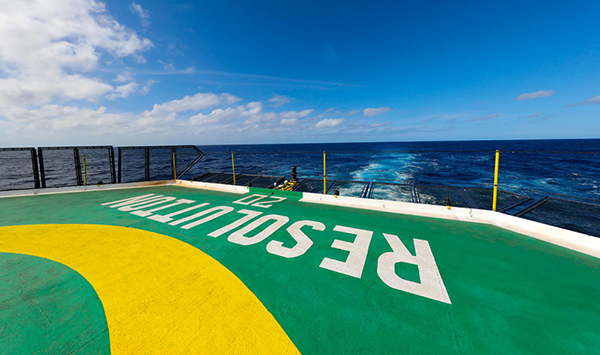
At the time the vessel was seven days transit from land. The fact that this turtle rescue happened in the middle of the South Atlantic illustrates how far from shore marine debris can affect wildlife, IODP officials said.
IODP Expedition 395E began in Cape Town, South Africa on April 6, and the crew is conducting engineering activities in the South Atlantic to prepare drilling sites for expeditions taking place later this year.
“The JOIDES Resolution crew illustrated their adaptability and creativity in solving problems once more through freeing this fortunate sea turtle,” said Dr. James F. Allan, program director for the NSF Ocean Drilling Program.
A premier scientific research vessel for deep-ocean drilling, the JOIDES Resolution is owned by Siem Offshore’s subsidiary ODL AS, and the vessel is chartered to the Texas A&M Research Foundation.
In 2019 the National Science Board (NSB) authorized NSF to extend funding for Texas A&M to serve as the Science Operator of the JOIDES Resolution (JRSO) as a facility of IODP through 2024. The agreement totaled more than $350 million over five years and is one of the largest federal research grants currently managed by Texas A&M.
“The IODP drilling platforms provide the only way for scientists to access the sediments and rocks that lay buried deep beneath the deep seafloor,” JRSO Director Dr. Brad Clement said. “These materials provide a rich archive of changes in the oceans and the planet’s climate, as well as insights into how Earth’s structure has evolved through time. The JOIDES Resolution has been the workhorse of the international drilling programs, conducting expeditions in each of the ocean basins.”
The JRSO is within the College of Geosciences at Texas A&M, and one of IODP’s three main ocean sediment core repositories is additionally housed at Texas A&M.
By Leslie Lee
